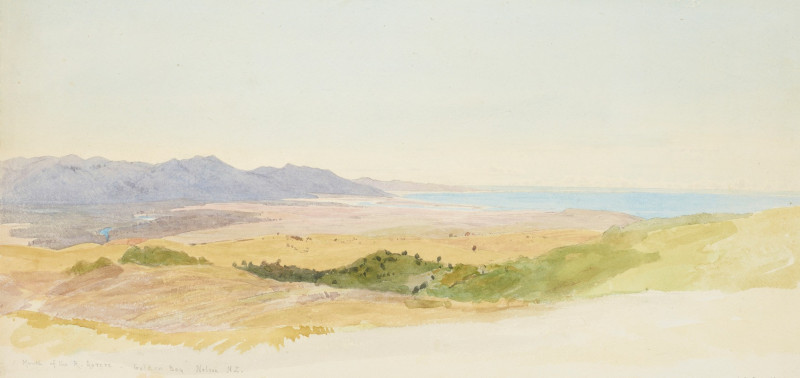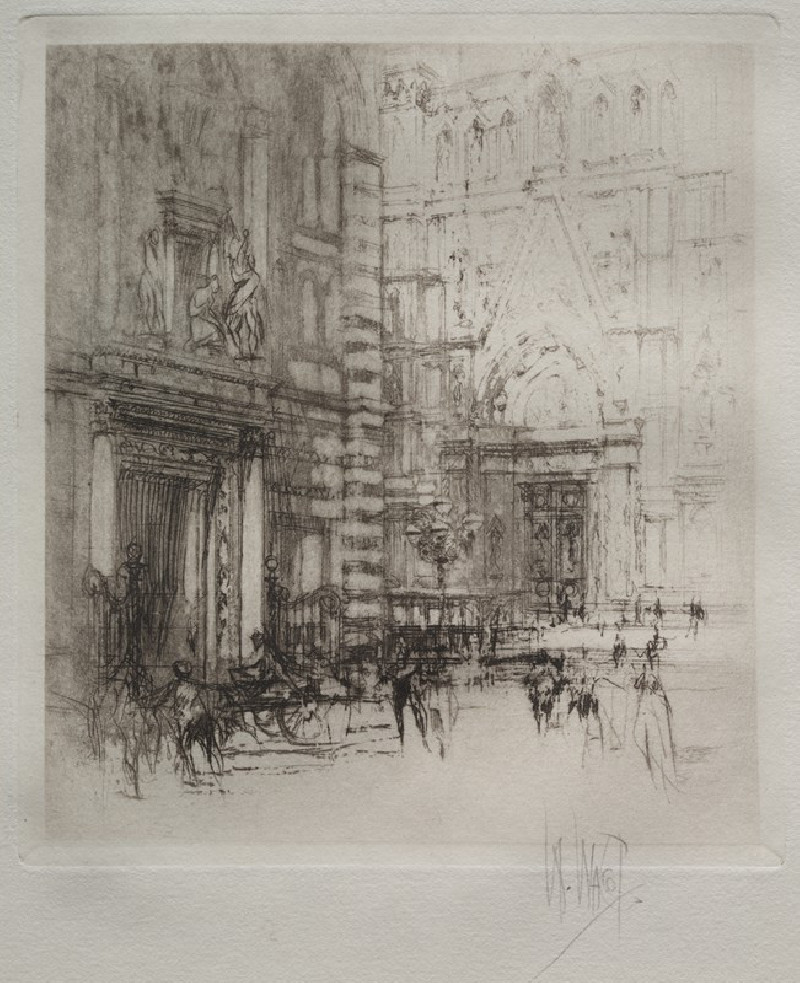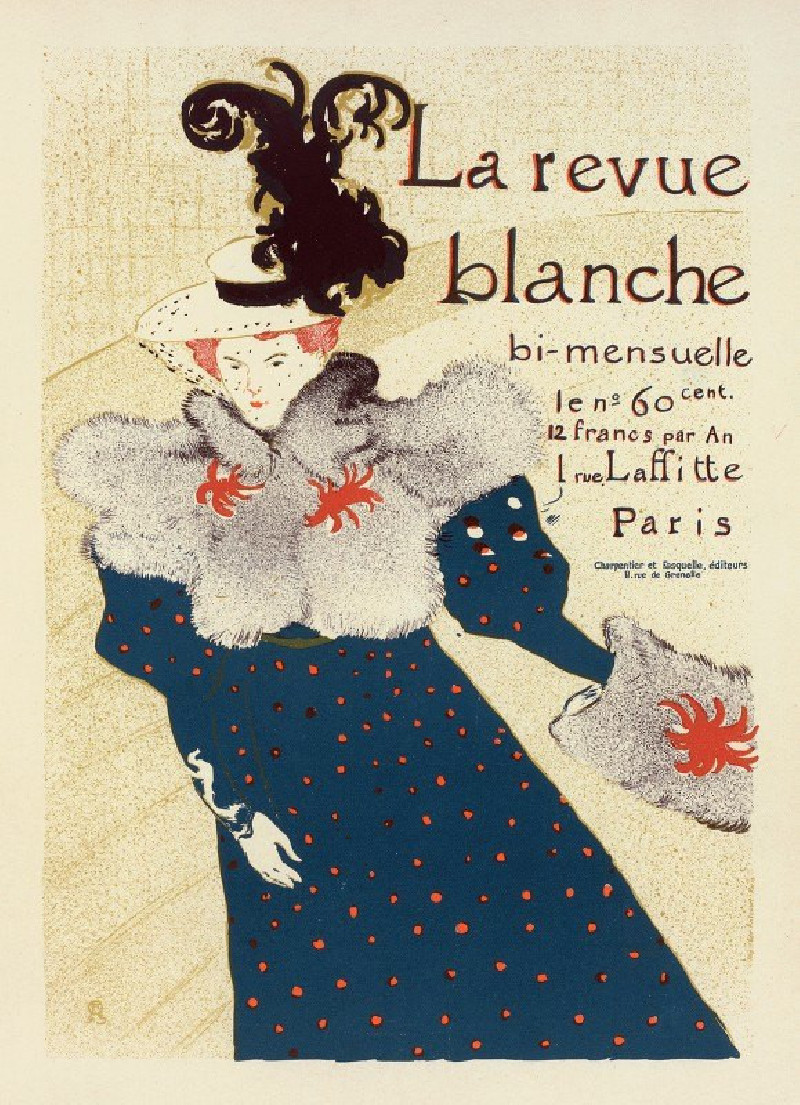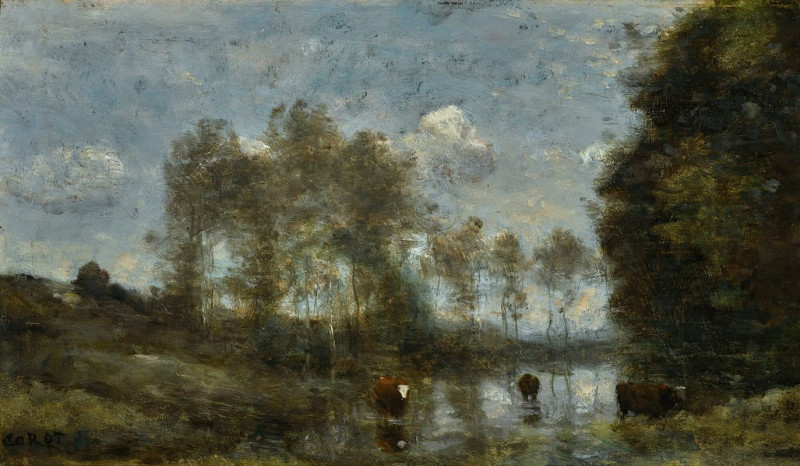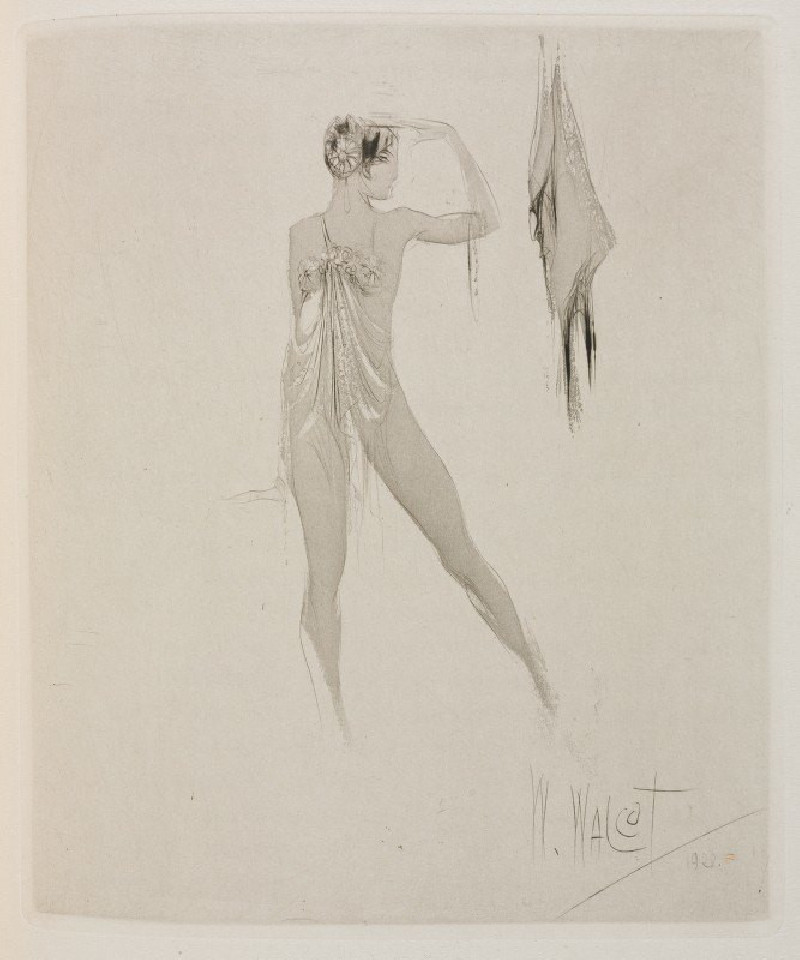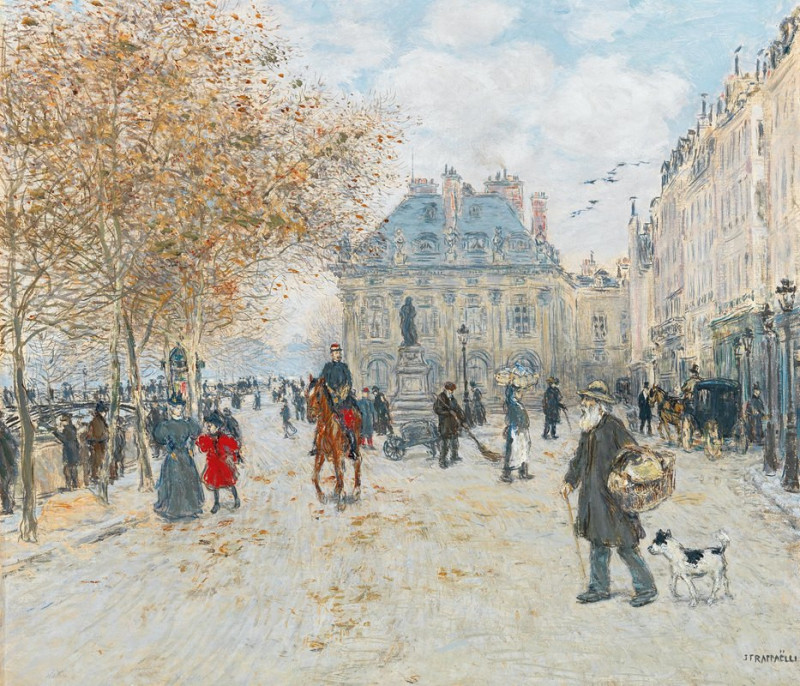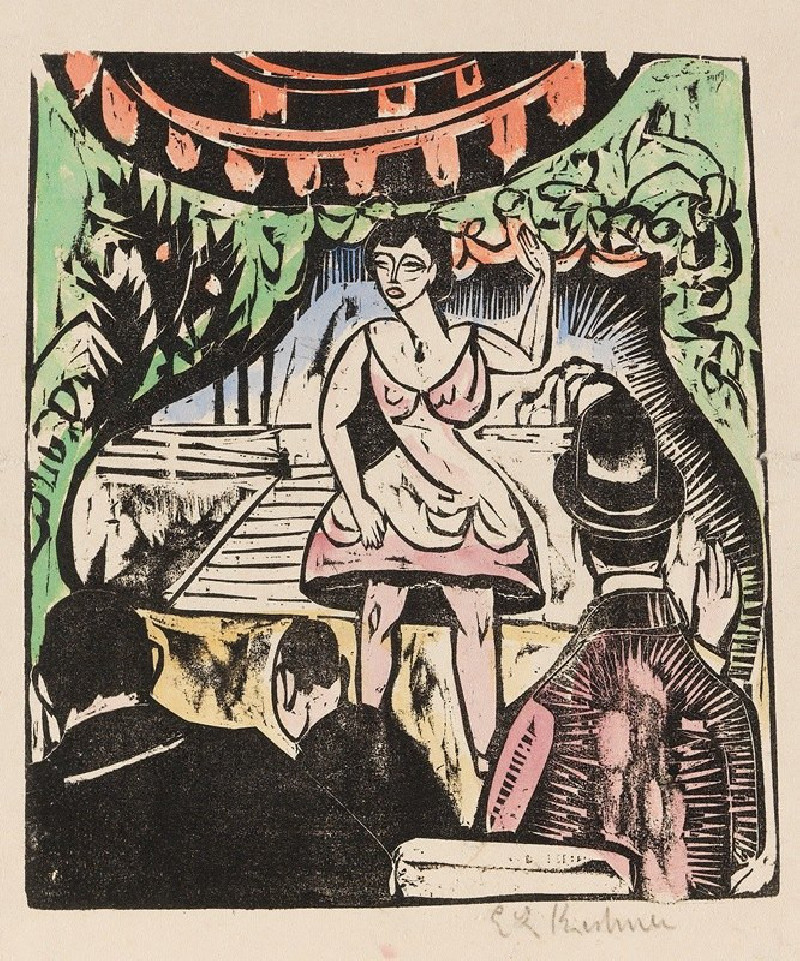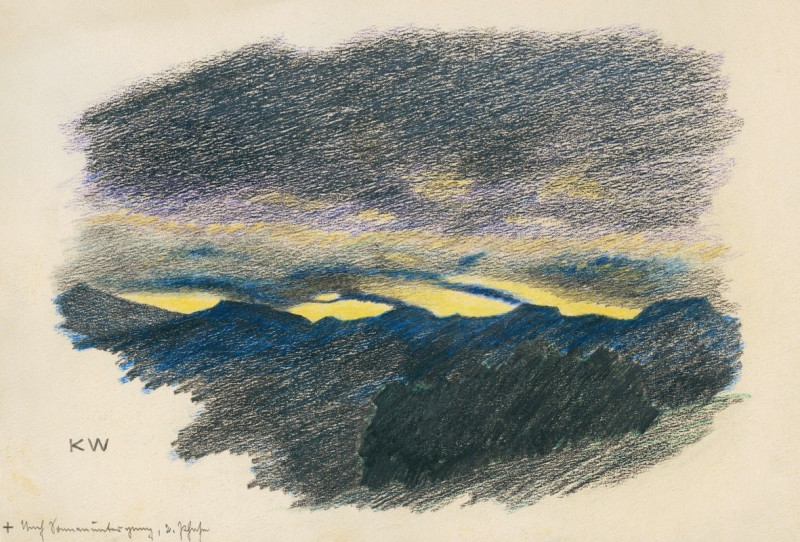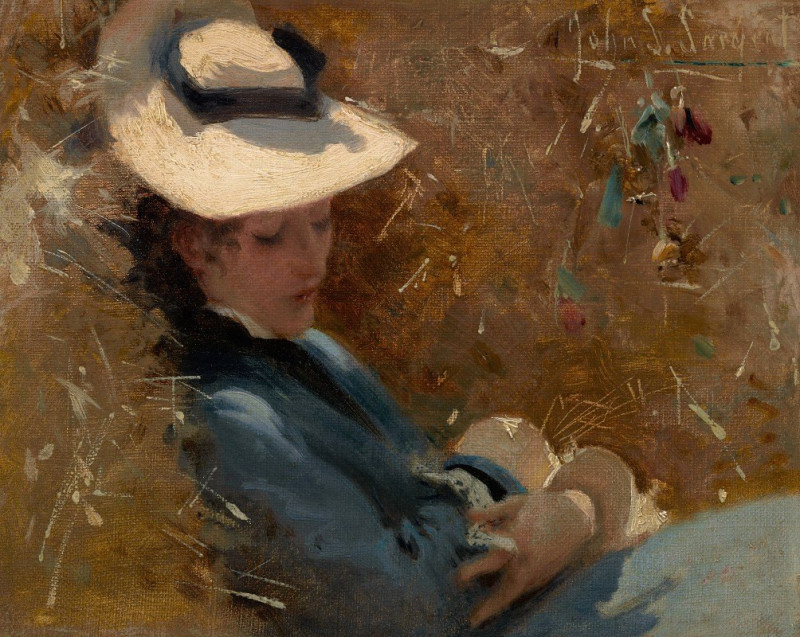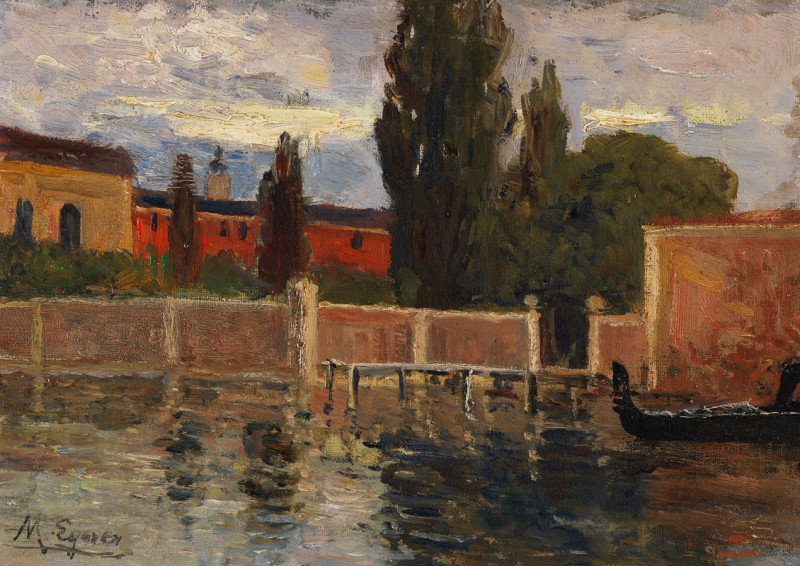Copy after Delacroix’s ‘Bark of Dante’ (ca. 1859)
Technique: Giclée quality print
Recommended by our customers
More about this artwork
Édouard Manet, a pivotal figure in the transition from Realism to Impressionism, once paid homage to the romantic master Eugène Delacroix with his work titled "Copy after Delacroix's ‘Bark of Dante’" (ca. 1859). This painting reveals Manet's deep respect for Delacroix, mirroring the original's intense emotional depth and dramatic tonality, though with Manet’s own interpretation.The scene, inspired by Dante Alighieri's "Divine Comedy," depicts Dante, in red, guided by the poet Virgil, through the tumultuous waters of Hell. Dimly lit and swirling with dark, ominous colors, Manet captures the chaotic whirlpool of lost souls and damned spirits surrounding the poets’ spectral boat. Each brushstroke adds to the terror and turbulence of the infernal river, Styx.Manet’s version, though less detailed than Delacroix’s original, focuses on the expression of torment and the raw energy of the scene. The foreground is filled with ghostly, incomplete figures that seem to emerge from the darkness, enhancing the painting's haunting atmosphere. This masterpiece not only showcases Manet's skill as a painter but also reflects his study and respect for the old masters and their exploration of human emotion and myth.
Delivery
Returns
Édouard Manet (1832–1883) was a French modernist painter and one of the first 19th century artists to paint modern life. His impressionist style is characterized by relatively small and thin brushstrokes that create emphasis on light depiction. Manet was one of the key artists in the transition from realism to impressionism, along with Claude Monet, Edgar Degas, and Pierre-Auguste Renoir. However, he resisted involvement in any one specific style of painting, and only presented his work to the Salon of Paris instead of impressionist exhibitions. His early masterworks, The Luncheon on the Grass and Olympia, created great controversy and served as a rallying point for other young painters.
































